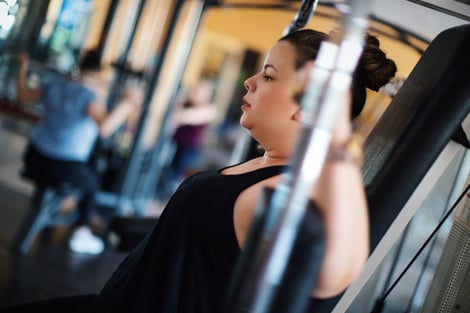 Science News (August 9, 2021) reported a study released by the University of Kentucky College of Medicine and College of Health Sciences that adds to the growing evidence that resistance training has unique benefits for fat loss. As a longtime fitness trainer, I have known about the effectiveness of resistance training for fat loss and body composition from my experience with clients and my own personal health and fitness journey. However, it is interesting to see science finally start to catch up with the real world and offer up some details of human physiology and systems biology as evidence as to why resistance training is so effective.
Science News (August 9, 2021) reported a study released by the University of Kentucky College of Medicine and College of Health Sciences that adds to the growing evidence that resistance training has unique benefits for fat loss. As a longtime fitness trainer, I have known about the effectiveness of resistance training for fat loss and body composition from my experience with clients and my own personal health and fitness journey. However, it is interesting to see science finally start to catch up with the real world and offer up some details of human physiology and systems biology as evidence as to why resistance training is so effective.
The Science
This study showed that in mice and in humans, in response to mechanical loading, muscle cells release particles called extracellular vesicles. These extracellular vesicles instruct fat cells to enter fat-burning mode.
It has been understood for a while that extracellular vesicles played a role in selectively interacting with proteins, lipids, and RNA and more recently had a role in intercellular communications. This study adds to that understanding by showing how skeletal muscle communicates with other tissues.
According to McCarthy, “To our knowledge, this is the first demonstration of how weight training initiates metabolic adaptations in fat tissue, which is crucial for determining whole-body metabolic outcomes. The ability of resistance exercise-induced extracellular vesicles to improve fat metabolism has significant clinical implications.”
What It Means for You: Resistance-based Training Is a Fat-loss Tool
Well, that was science-speak, but what does this mean to you? “Significant clinical implications” means that the research provides clinicians with findings that can be used in treating medically needed fat loss with resistance-based training along with diet and other forms of exercise, such as cardiovascular training.
Fitness in the US Is Declining
Our culture is getting heavier, with a rising percentage of the population crossing over to obesity. Recent studies have shown that 88 percent of the adult American population is metabolically unfit, with expected conditions that include high blood pressure, heart disease, and diabetes. And Covid showed us clearly that metabolic unfitness was associated with bad Covid experiences and poor outcomes, including death. (Oh, and by the way, American life expectancy has been trending down even before Covid.)
Whatever we are doing as a culture is not working for health and longevity. Changing these adverse conditions requires changes at the individual level because large parts of our social fabric (business, media, and special interests) are too wrapped up in greed and maintaining the status quo for their interests and not acting for the greater good. So it’s up to each individual to decide what is best for their own health regarding diet, exercise, sleep, and stress reduction. All four of these factors are all very important, but exercise and diet seem to get the most attention and are the places where most people start their journey of making life-quality changes.
Where Do You Begin Your Fat-loss Journey?
“Experts” are all over the media with supplements, books, and podcasts. The number of theories and opinions is staggering. Most seem reasonable on the surface, which adds to the confusion about what to choose and where to start.
Adding to the complexity, huge international corporations, through massive advertising campaigns, are marketing online workout programming to support a major purchase of their in home exercise equipment. They offer cardio equipment and digital-controlled strength machines—slick and attractive to someone sitting on the couch with pizza and a beer.
And your online fitness searches provide social media marketing the information they need to dump even more choices in your lap based on what you have been viewing online. Hmm…
Confusing? Overwhelming?
Let’s erase the messy whiteboard and create a simpler view of the objective.
Remember, I started this blog with a study that showed how resistance training sets the cells up for burning body fat. The purpose of sharing this study was to support the concept of resistance training as an effective method for fat loss and an approach you should consider seriously.
A Training Template for Fat Loss
The following is a straightforward template to serve as a starting point to begin your resistance training/fat-loss exploration.
The human body has six patterns of functional movement:
- The body sits down and stands back up. The knees and hips flex and extend. In the gym, we see this in various forms of squatting, lunging, and step-ups.
- The body hinges at the hip joints and bends down to pick up things using the largest and strongest muscle complex of the body, the glutes. In the gym, this could be deadlifting on one end of the spectrum to lying on your back on a mat, knees up and feet on the ground for doing hip thrusts. (Both the squat and deadlift techniques should be taught by a competent coach to speed the acquisition of proper skills and to avoid injuries).
- While standing, if you hold your arms out in front of your body, the arms would be horizontal to the ground. This right angle to the spine position is called the horizontal plane. If you were doing a push-up facing the ground or lying on your back doing a chest press, the arms would still be at a right angle to the spine, thus on the horizontal plane. The arm movement on this plane would either be pushing away from the body (for example, the bench press) or pulling back toward the body (for example, the back row). There are numerous options to choose from for working on this plane.
- When the arms move in line with the spine, this is the vertical plane, and once again you are either pushing away (for example, the shoulder press) or pulling toward the body (for example, the lat pulldown or pull-up). The horizontal and vertical push/pulls cover the basic functional movement patterns of the upper body. When done standing, the core ties the lower- and upper-body segments into a functional unit for expressing strength and power.
- The core is an important component of the basic workout template. As indicated above, the core ties together the lower- and upper-body segments, but also serves to stabilize and protect the lumbar spine.
- A forgotten and often overlooked exercise that is key to a strong-functioning body is the carry. As simple as it sounds, you pick up something and carry it: moving weight for distance and/or time. This exercise brings together strength, balance, muscular endurance, and grip strength.
There are numerous exercises to choose from to fill in the slots of the template: various reps and sets schemes, frequencies of sessions, recovery days and resistance sources depending on what best meets the needs of the individual, but having a structure to work with is critical for success, especially at the beginning.
You can certainly explore and experiment on your own, but I recommend that you take advantage of the trained professionals here at NIFS. There is a lot of knowledge and experience available to help you on your journey. We are here to assist you—just ask.
This blog was written by Rick Huse, NIFS Health Fitness Specialist. To find out more about the NIFS bloggers, click here.


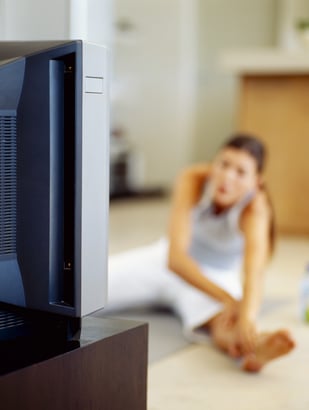 I am amazed at how many times I have heard and continue to hear people try to make a point by saying “they say,” as if just making that statement somehow makes whatever follows true. It would seem, based on how frequently people claim “they” say something, many of the advancements of human civilization somehow can be traced to the research done at the University of They. However, searching through
I am amazed at how many times I have heard and continue to hear people try to make a point by saying “they say,” as if just making that statement somehow makes whatever follows true. It would seem, based on how frequently people claim “they” say something, many of the advancements of human civilization somehow can be traced to the research done at the University of They. However, searching through 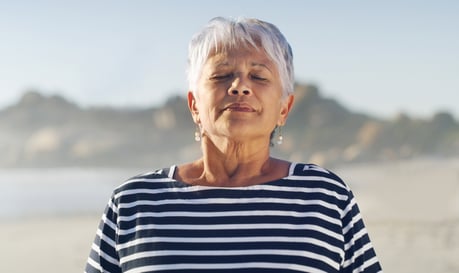 Seriously. Stop and take a breath. Don’t judge your technique, just breathe in and out. Failure to do both in and out will likely result in you fainting, and the ERs and urgent care centers have enough to do without you coming in with a cut forehead requiring stitches.
Seriously. Stop and take a breath. Don’t judge your technique, just breathe in and out. Failure to do both in and out will likely result in you fainting, and the ERs and urgent care centers have enough to do without you coming in with a cut forehead requiring stitches.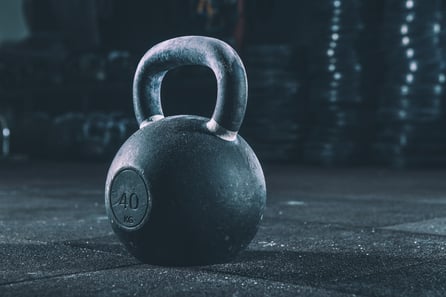 The Russian kettlebell is unique among exercise tools. It is an offset-handle weight that travels easily between the legs in a pendulum movement that can be easily seen in the kettlebell swing (two-hand and one-hand swings). If done correctly, the hips hinge straight backward as if you were trying to push a swinging door open while holding a tray. If you squat, even a little bit, there is little rearward movement and the door doesn’t open. Hip power is lost.
The Russian kettlebell is unique among exercise tools. It is an offset-handle weight that travels easily between the legs in a pendulum movement that can be easily seen in the kettlebell swing (two-hand and one-hand swings). If done correctly, the hips hinge straight backward as if you were trying to push a swinging door open while holding a tray. If you squat, even a little bit, there is little rearward movement and the door doesn’t open. Hip power is lost. 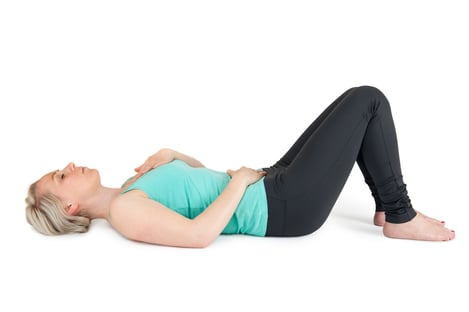 In The Wizard of Oz, Dorothy woke up after a terrible storm in a world she didn’t recognize. The normal that she had known no longer existed. We are “not in Kansas” (or Indiana, for that matter) anymore after COVID-19 erupted around the world. Normal is gone for the time being. Some people have lost jobs and incomes, or are forced to work from home. Some have had or are fighting the disease, and some unfortunately have lost their lives.
In The Wizard of Oz, Dorothy woke up after a terrible storm in a world she didn’t recognize. The normal that she had known no longer existed. We are “not in Kansas” (or Indiana, for that matter) anymore after COVID-19 erupted around the world. Normal is gone for the time being. Some people have lost jobs and incomes, or are forced to work from home. Some have had or are fighting the disease, and some unfortunately have lost their lives. 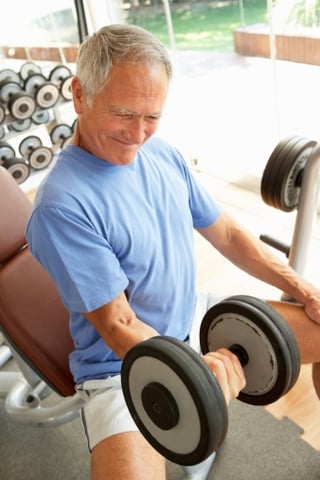 This is the final installment in my series on training for people 40 and over. Previously I’ve discussed
This is the final installment in my series on training for people 40 and over. Previously I’ve discussed 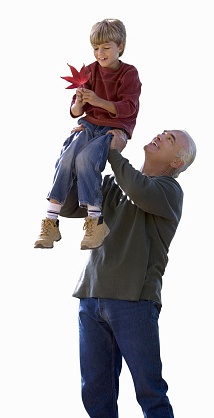 In earlier installments, I’ve talked about
In earlier installments, I’ve talked about 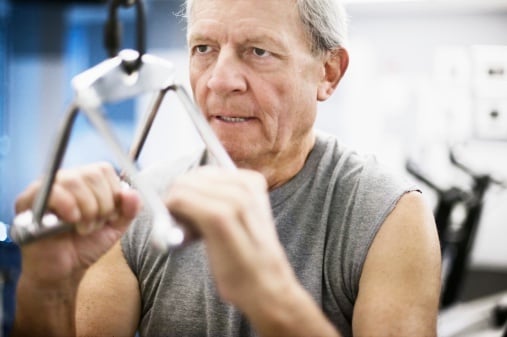 For many in this age group, other medical conditions seem to appear from out of nowhere. Theories for why range from genetics to reduction of stem cells, but the fact remains: unexpected conditions and diseases show up uninvited and certainly unwanted from about 45 and beyond. If you are in this age group and actively training, you need to know a lot more about your body, especially your age-related limitations.
For many in this age group, other medical conditions seem to appear from out of nowhere. Theories for why range from genetics to reduction of stem cells, but the fact remains: unexpected conditions and diseases show up uninvited and certainly unwanted from about 45 and beyond. If you are in this age group and actively training, you need to know a lot more about your body, especially your age-related limitations. 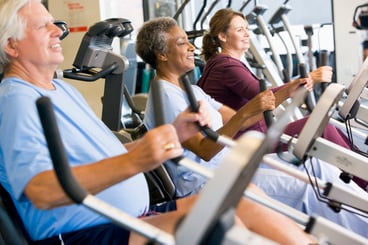
 I first met Tasha three years ago when I started working at
I first met Tasha three years ago when I started working at  The
The